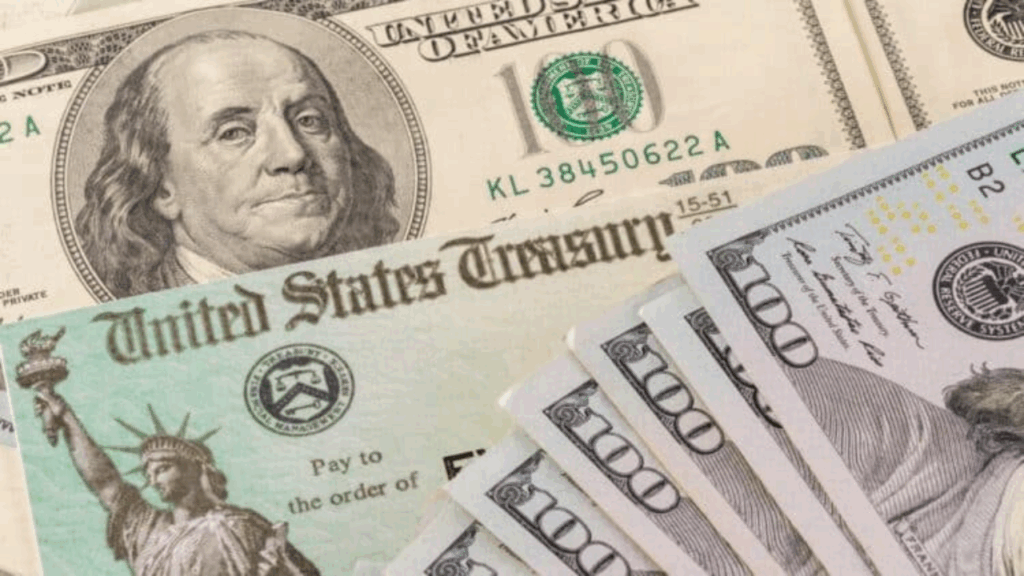Alaska’s popular Permanent Fund Dividend (PFD) program is once again the center of public and political debate in 2025. While residents eagerly await the final check amount, lawmakers remain split on whether Alaskans should receive a substantial $3,900 or a modest $1,000 in PFD payments this year.
The PFD program, established in 1982, shares a portion of the state’s oil revenue with residents annually. Over the years, it has served as a vital economic relief mechanism for thousands of Alaskans. But in 2025, competing budget priorities are influencing how much each eligible individual will receive.
What Are the Proposed PFD Amounts for 2025?
Three main proposals are currently under review:
1. Governor Mike Dunleavy’s Proposal: $3,900
Governor Dunleavy is pushing for a full statutory formula payout, which would provide each eligible resident with about $3,900. This would be one of the largest payments in recent history. However, such a high payout would significantly deplete the state’s savings, resulting in an estimated $2.1 billion budget deficit.
2. Alaska House of Representatives: $1,400
The House has proposed a $1,400 dividend, which seeks a middle ground by offering meaningful relief without straining the budget. Lawmakers argue it strikes a balance between fiscal responsibility and helping households manage inflation and living costs.
3. Alaska Senate Finance Committee: $1,000
In contrast, the Senate Finance Committee has floated a conservative figure of $1,000, the lowest amount in five years after inflation adjustment. The goal is to address the state’s long-term financial concerns without risking future services or savings.
Why Is the Final Amount Still Unconfirmed?
The final PFD amount depends on negotiations between the House, Senate, and the Governor’s office. As of now, the state legislature is still deliberating, with budget talks expected to continue through mid-year.
The state’s financial condition, future oil revenue forecasts, and public service funding needs are all being factored into the decision.

Who Is Eligible for the PFD in 2025?
To qualify for the 2025 PFD, residents must meet the following conditions:
- Must have been an Alaska resident for the entire 2024 calendar year
- Must intend to remain an Alaska resident indefinitely
- Cannot have claimed residency in another state or country since December 31, 2023
- Cannot have been absent from Alaska for more than 180 days in 2024, unless it falls under an approved exception (e.g., military duty, college)
- Cannot have been convicted of a felony or incarcerated for certain misdemeanors in 2024
- Must have been physically present in Alaska for at least 72 consecutive hours in either 2023 or 2024
- Must submit a complete application by March 31, 2025
PFD Application and Payment Timeline
- Application Window: January 1 – March 31, 2025
- Payment Method: Direct deposit or mailed check
- First Payment Date: March 20, 2025, for early applicants processed by March 12
- Additional batches will be disbursed in April and May based on processing dates
For example:
| Processed By | Payment Date |
|---|---|
| March 12 | March 20, 2025 |
| April 9 | April 17, 2025 |
| May 7 | May 15, 2025 |
How Will the PFD Be Taxed?
Although Alaska does not have a state income tax, the PFD is considered taxable income by the IRS. All recipients must report their PFD payment on their federal income tax return.
It is recommended to consult a tax advisor or refer to the official IRS guidelines on how to report PFD income.
What’s Next for Alaska Residents?
As budget negotiations continue, residents should:
- Submit their application before the March 31 deadline
- Stay updated with announcements from pfd.alaska.gov
- Prepare for a range of potential payment outcomes—from $1,000 to $3,900
Many families are counting on a larger check to help cover rising living expenses in 2025. While some lawmakers push for caution due to long-term deficits, others are standing firm on the promise of a full PFD as a right, not a privilege.
Conclusion
The fate of the 2025 Alaska PFD still hangs in the balance, with significant differences between proposals. Whether it ends up being $1,000, $1,400, $1,702, or $3,900, it’s clear the outcome will deeply impact household budgets across the state.
To stay informed, follow the official PFD updates on the Alaska Department of Revenue website, and prepare your documents ahead of the March 31 deadline.





